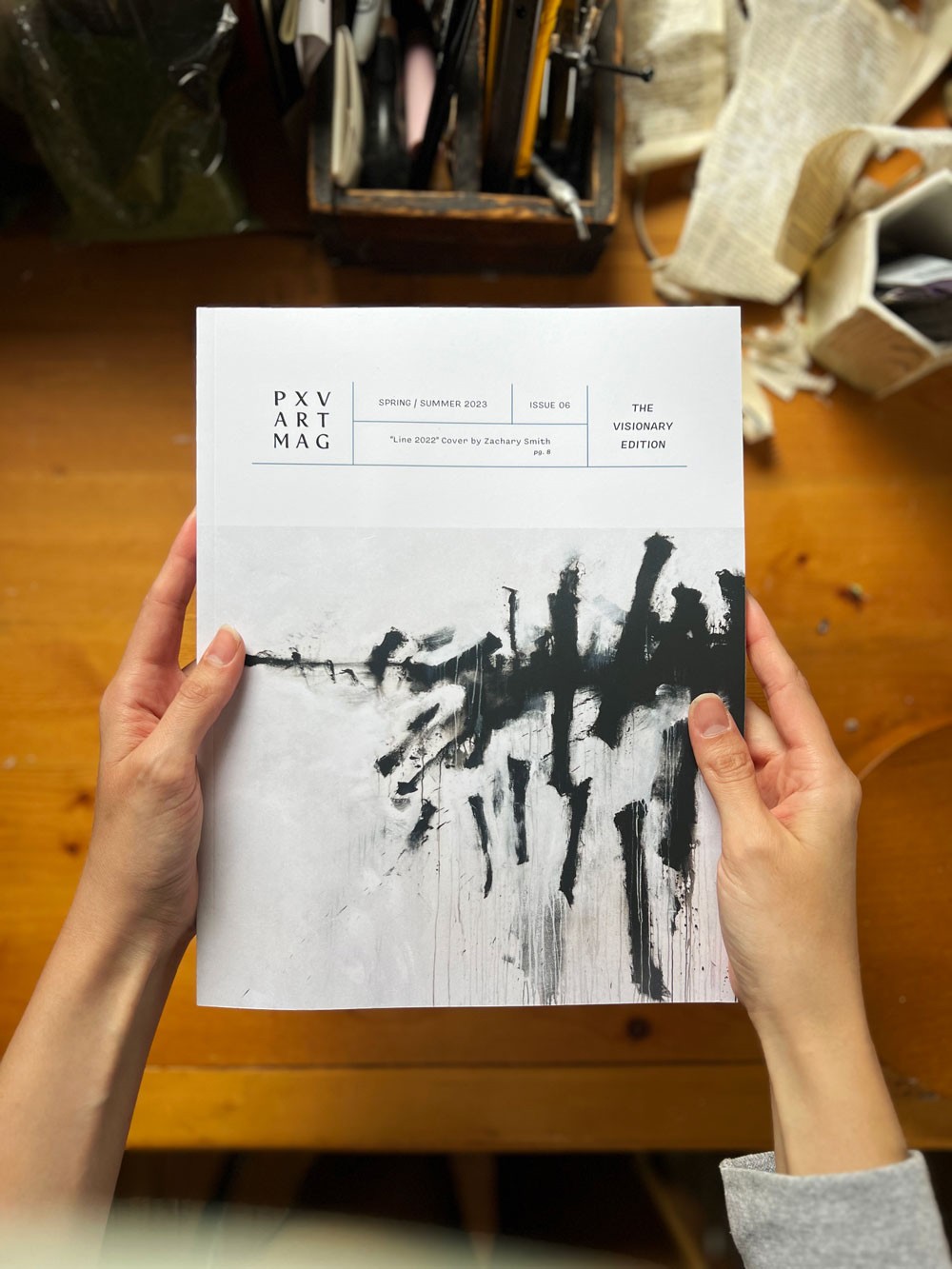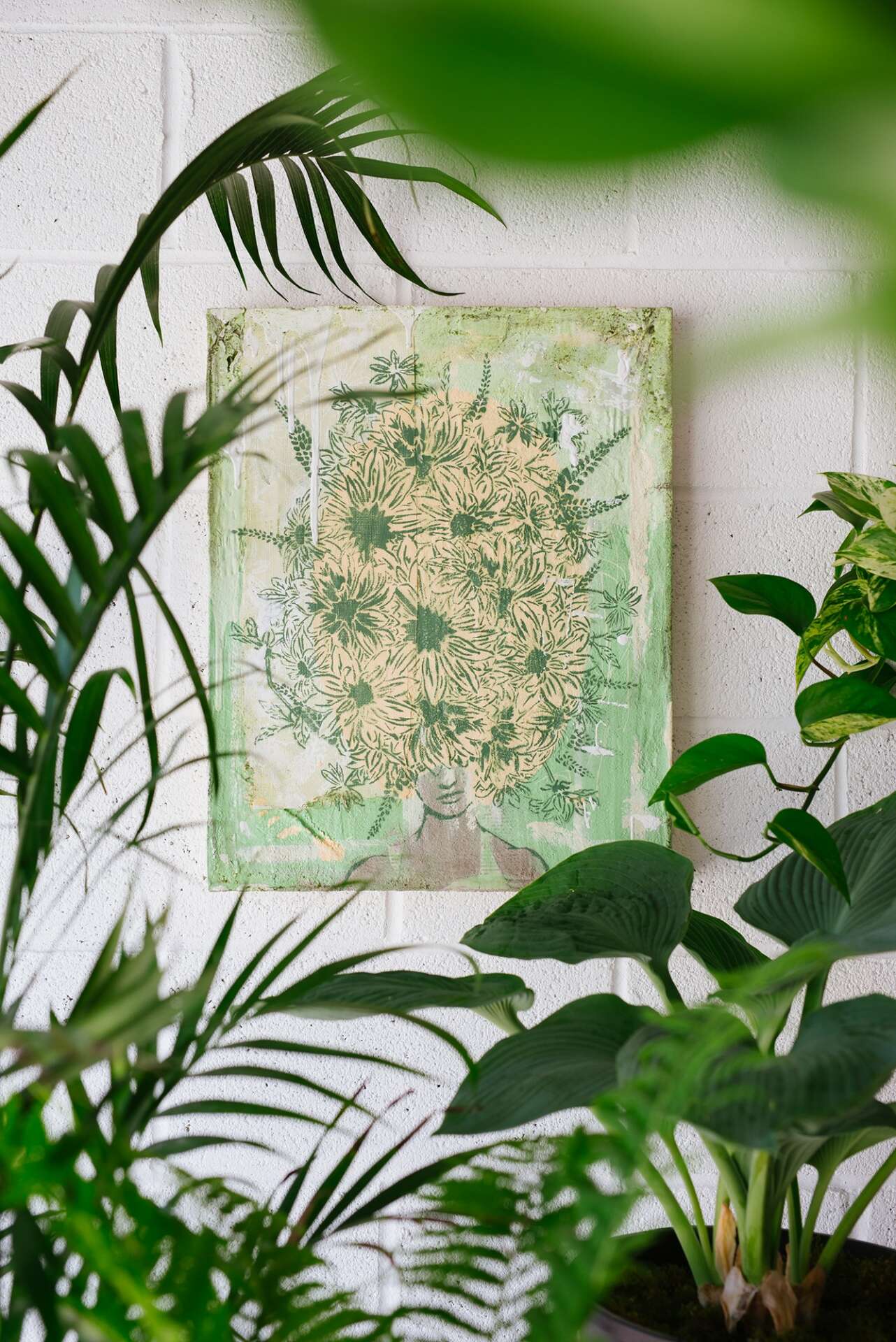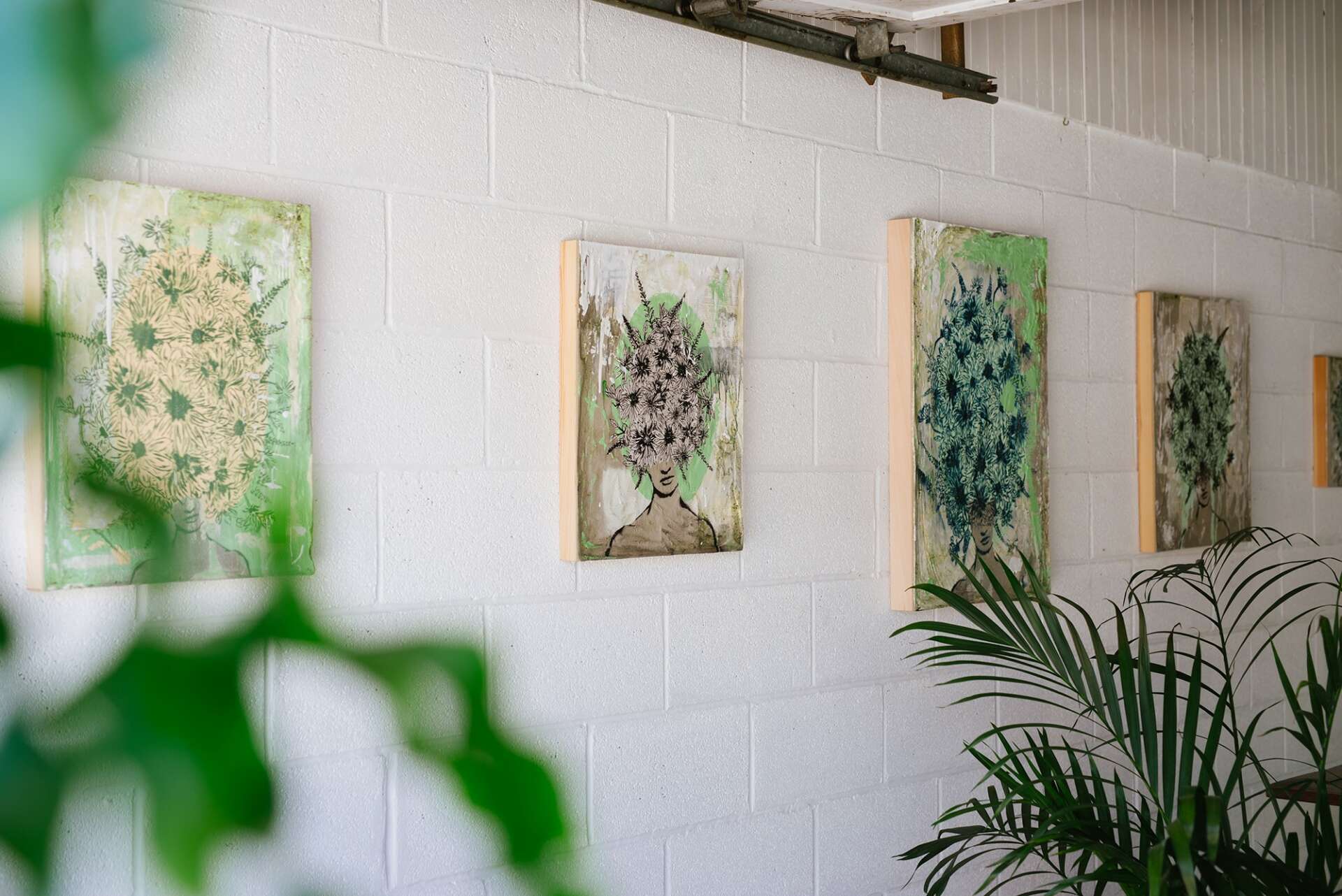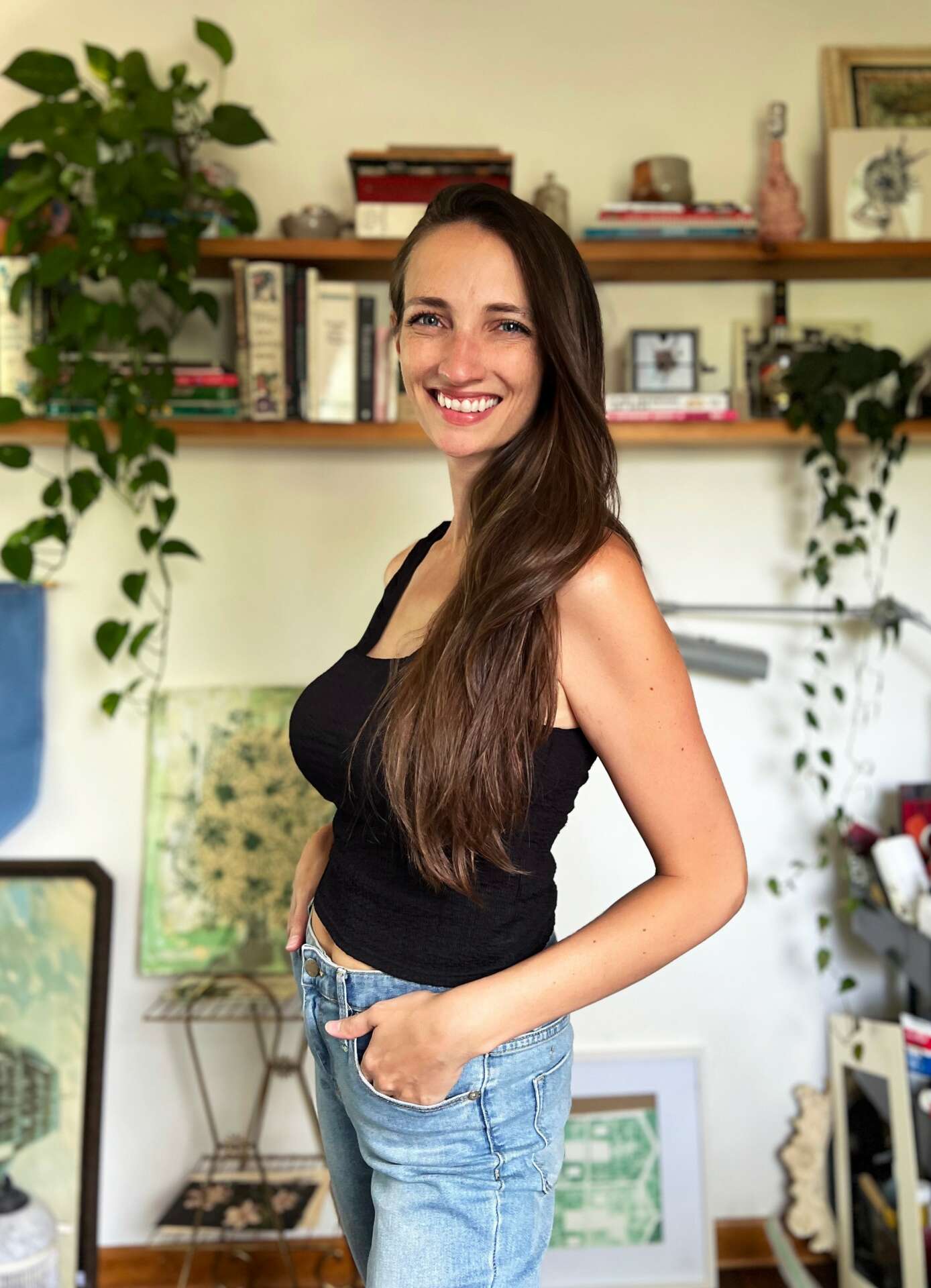We were lucky to catch up with Emily Mullet recently and have shared our conversation below.
Emily, looking forward to hearing all of your stories today. We’d love to hear about a project that you’ve worked on that’s meant a lot to you.
When I committed to a career as a full-time artist, I knew the expectation of spending all day every day in the studio would lead to burnout. To balance my energy, I began dividing my year into seasons. For several months, my focus would be on creating art for a large collection release. After the collection release had come and gone, I knew it would be most effective to exercise a completely different part of my brain. That is where the PXV Art Mag comes in. The PXV Art Mag is a magazine I created to document and amplify my local art community in Phoenixville, PA. In addition to fine art, I have a background in graphic design. It was also a way to keep my design skills active. At first, the magazine was one of those projects where I just wanted to see if I could successfully pull it off. I didn’t know how it would be received, but I was curious enough to try it.
Not only was the magazine well received, it has since evolved into a valuable resource for our community. I’ve had several artists from the magazine share how they were able to gain visibility from curators or were able to connect and collaborate with local artists they would have otherwise never known. The PXV Art Mag has become a beautiful unifier where local artists can celebrate and learn from each other.


As always, we appreciate you sharing your insights and we’ve got a few more questions for you, but before we get to all of that can you take a minute to introduce yourself and give our readers some of your back background and context?
My name is Emily Mullet and I have a Bachelor of Arts in Studio Art from the College of the Ozarks where I studied painting, graphic design, and ceramics. Blending and making sense of opposing themes has almost always been present in my art, hence the combination of painting, graphic design, and ceramics. Those departments are usually far from each other. Ceramic students were always surprised when I mentioned my graphic design studies, and design students would often comment how they couldn’t stand always being dirty in the other departments. However I find this push and pull between worlds fascinating, and for me, my knowledge in one influences my creativity in another. Exploring new materials is a large part of my creative process. In my latest body of work, concrete was my canvas of choice. I was completely enthralled with the challenge of transforming the rough gray surface into a piece of art. My goal was to make the work feel dirty and worn while simultaneously embodying beauty and femininity.
The use of concrete came from my fascination with old abandoned buildings, particularly in the Philadelphia area. From the graffiti scrawled across their surfaces to the vines and moss steadily reclaiming them, these abandoned structures became my visual language. This body of work is also a very clear example of combining my diverse skill sets, from digitally designing stencils to sculpting a textured surface made of concrete.
On a thematic level, this concrete series explores the idea of returning to a version of one’s past self. There is a sense of history with the layers of chipping paint and torn papers. What is left behind is as valuable as what has been torn away. My goal was to visually integrate the opposing themes of endurance and evolution.



Looking back, are there any resources you wish you knew about earlier in your creative journey?
Podcasts are a massive part of my foundation as a creative. I was able to connect with and learn from so many brilliant creatives and entrepreneurs before I had an established local community. Also, they’re mostly free! I only wish I had discovered them earlier. Some of my favorite podcasts are Creative Pep Talk by Andy J. Pizza, Art & Cocktails by Ekaterina Popova, The Jealous Curator: Art for Your Ear by Danielle Krysa, and She Mean Business Show by Carrie Green. I honestly could go on, but these were the most foundational for me. In finding what podcasts are best for you, I think it’s important to identify the type of people you learn best from. Lots of podcasts share similar information or advice, but I’ve noticed I learn the most when I can connect with the host’s communication style or personality type.
How did you build your audience on social media?
Consistency and authenticity are the advice I continually give to people. Consistency isn’t isolated to posting often, it’s keeping consistent with who you are and how you show up. Authenticity comes into play because people intuitively know when you aren’t being yourself. But even more importantly, it’s SO much easier to show up when you’re simply being yourself! My other piece of advice is to focus on deep connections, not just large numbers of followers. If my goal for the year is to sell thirty paintings, I technically only need thirty followers to sell that art. It’s more important for me to make deep and authentic connections with those thirty people than it is for the other thousand who happen to see my posts.
Contact Info:
- Website: https://www.emilymullet.com/
- Instagram: https://www.instagram.com/emilymullet/
Image Credits
Tina Crespo


